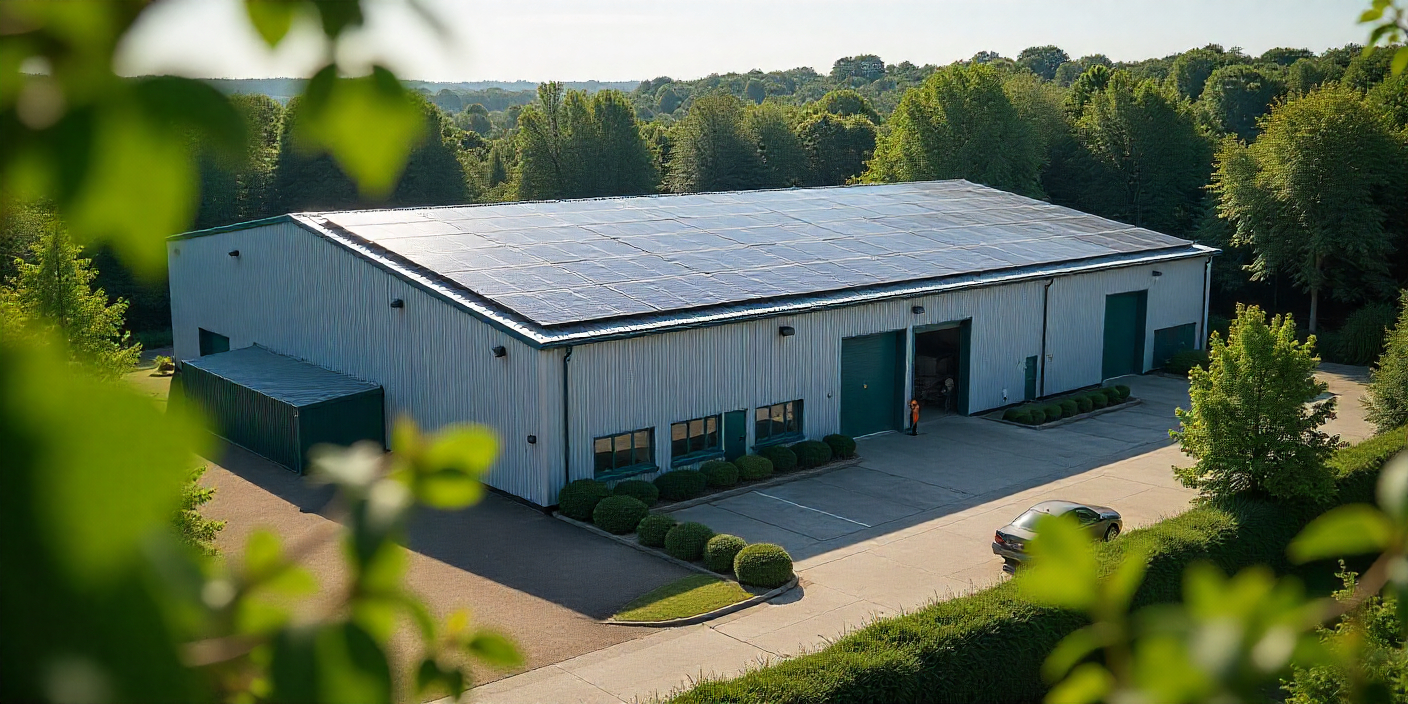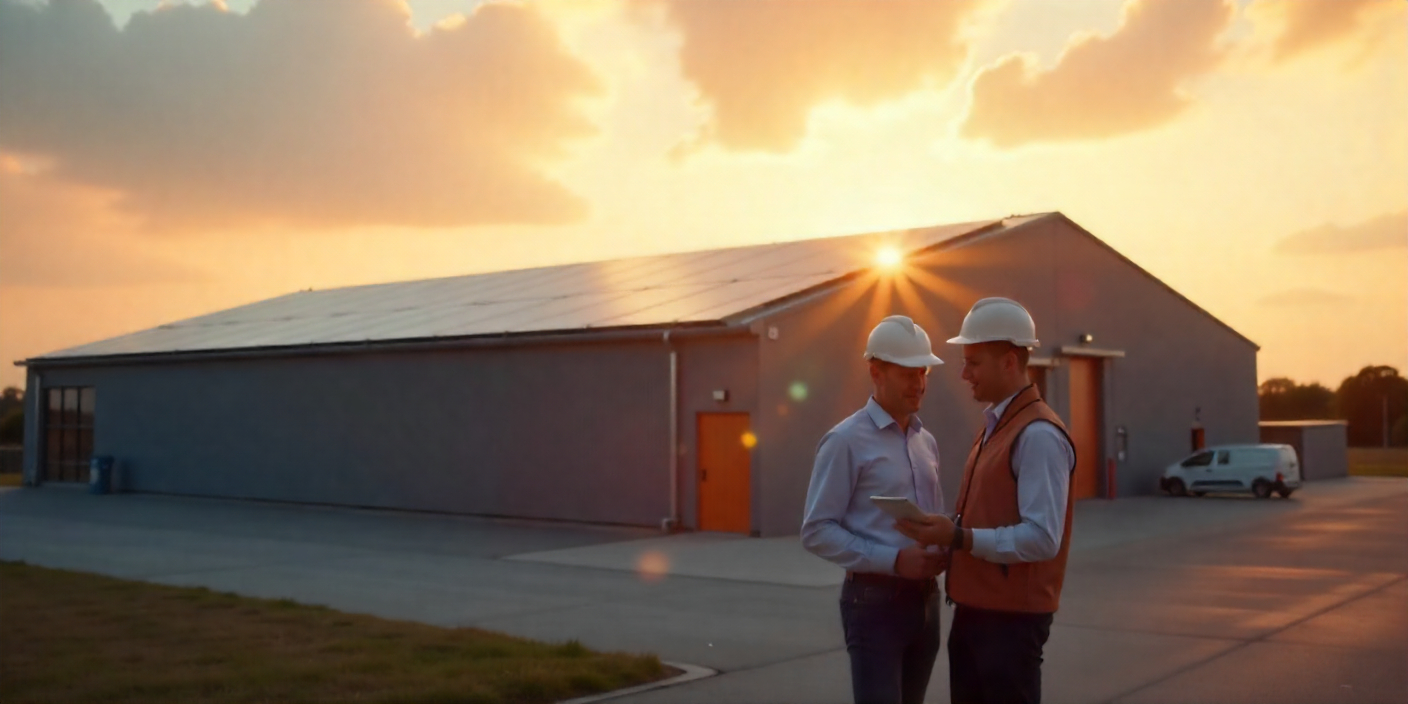At the heart of every successful ISO 50001 Energy Management System (EnMS) lies a simple but powerful principle – the Plan-Do-Check-Act (PDCA) cycle.
For factory owners, understanding this framework is key to turning good intentions about energy efficiency into real, measurable results that improve profitability.
1. Plan: Identify, Measure, and Target
The “Plan” stage begins with a deep dive into how your factory uses energy.
Data is gathered across all areas – production machinery, lighting, HVAC systems, compressors, and transport.
This analysis reveals where the most energy is consumed and wasted.
From there, management sets energy objectives and targets, often expressed as reductions in kWh per unit of output or per square metre of factory space.
You also create an Energy Management Action Plan that defines responsibilities, timelines, and expected savings.
2. Do: Implement Energy Improvements
This stage is about taking action.
Factories upgrade or maintain equipment, train staff in efficient behaviour, and embed energy management into day-to-day operations.
Crucially, it’s where renewable solutions like rooftop solar panels enter the picture.
Installing solar instantly reduces reliance on the grid and demonstrates visible progress toward your ISO 50001 objectives.
With asset-finance or rental models, solar can be installed with no upfront cost, meaning your “Do” phase can generate immediate positive cashflow while cutting emissions.
3. Check: Monitor and Verify Performance
ISO 50001 requires continuous monitoring and measurement to confirm that actions deliver the expected results.
Smart meters, sub-metering, and energy dashboards help track consumption trends.
When solar power is part of the system, real-time data shows how much electricity the panels generate versus what’s drawn from the grid – a powerful motivator for further improvement.
4. Act: Review, Refine, and Improve
Finally, top management reviews performance against targets, learning from successes and shortfalls.
The organisation then refines its processes, sets new goals, and repeats the cycle.
This ensures continuous improvement, not one-off savings.
Why the PDCA Cycle Matters
By following this structured approach, factories build a culture of efficiency that never stops evolving.
The process saves money, ensures compliance with ESOS, and strengthens resilience against rising energy costs.
And when solar is woven into the system, every cycle delivers cleaner energy, stronger margins, and long term stability.
In short, ISO 50001 isn’t a checklist – it’s a living energy management system that drives ongoing financial and environmental performance.



